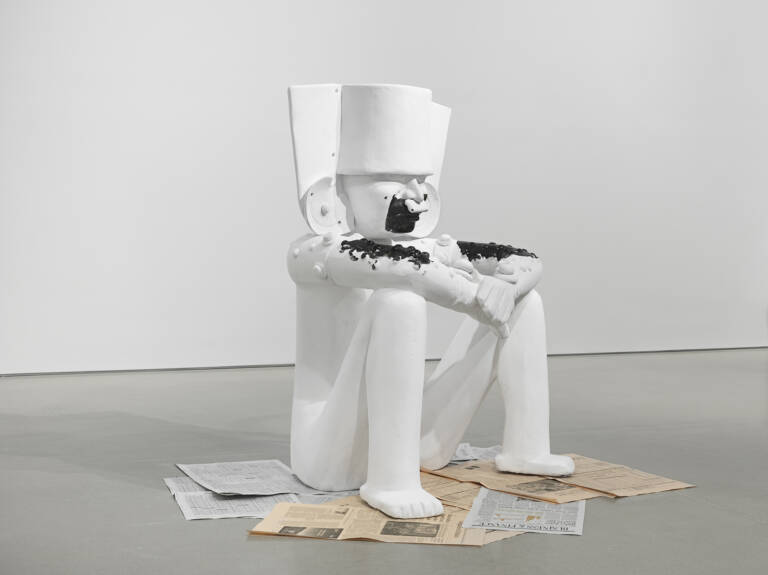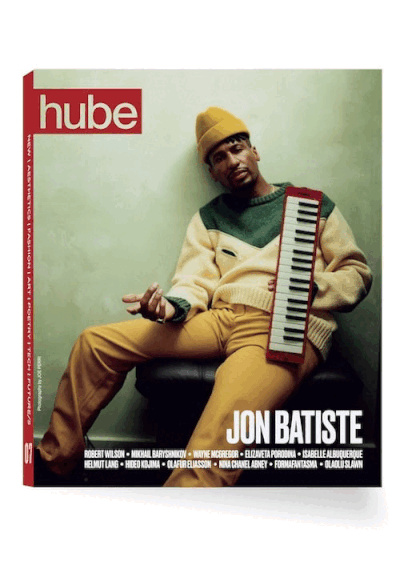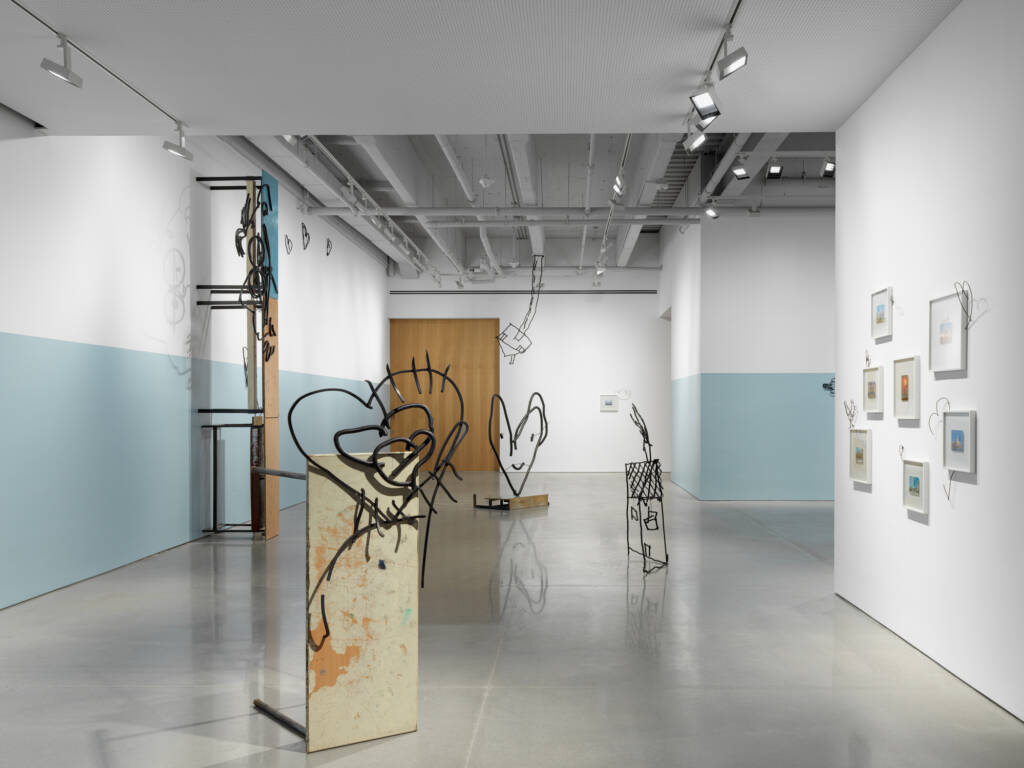
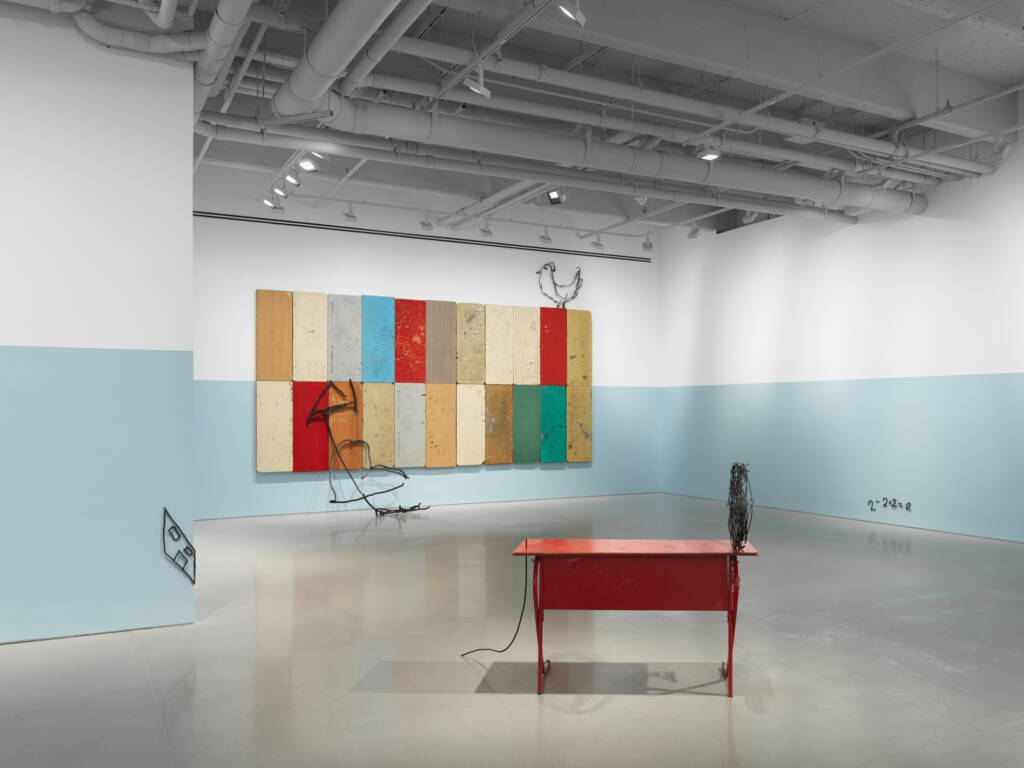
Abetare: Noisy Classroom, 2024
Photography by DAN BRADICA

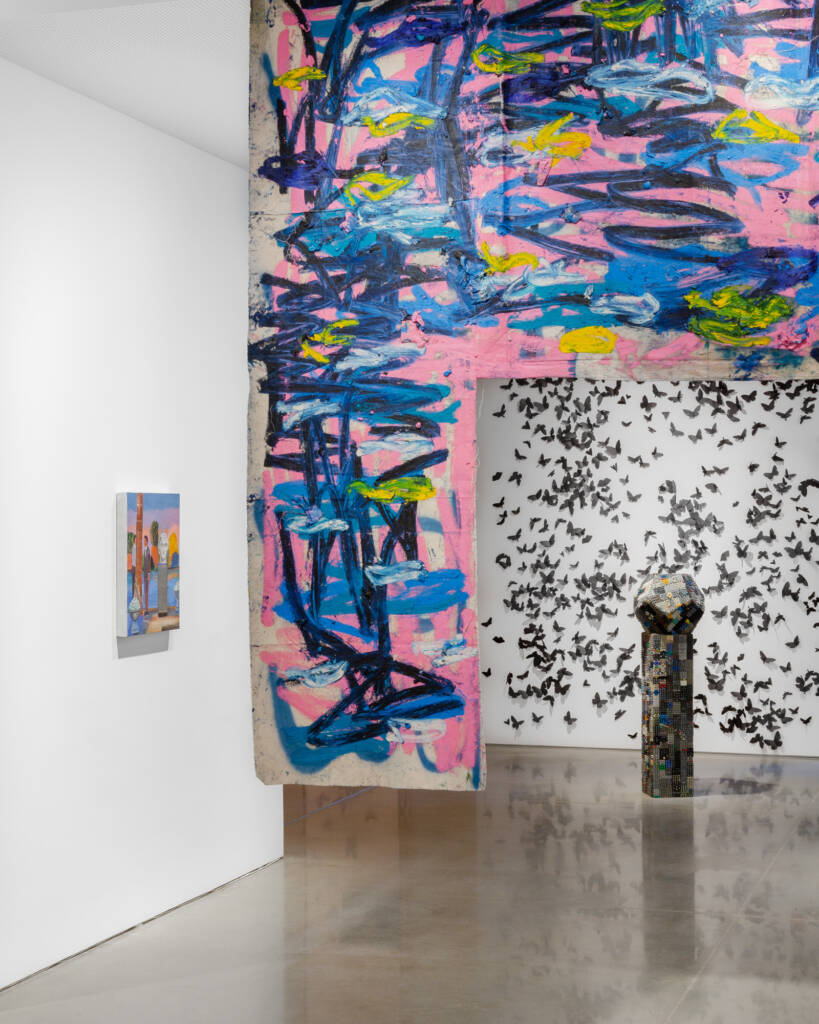
Photo by DANIEL TERNA
José Kuri doesn’t just run a gallery – he lives art every day. In this candid exchange, he reveals how the raw chaos of Mexico City and genuine local connections fuel a space built on survival and passion, not profit. Dive into his manifesto for art as a way of life – unapologetic, unrefined, and forever out of control.
hube: kurimanzutto has always been more than just a space for exhibiting art – it feels like a living, evolving entity in itself. What vision does it embody in your collective vision?
José Kuri: Art is a part of life; we never see it as work. The gallery emerged out of necessity. Monica, a group of artists, and I recognised that no existing gallery in Mexico responded to our unique local needs. There was an incredible network of artists, yet the ecosystem was barely formed – only a few galleries existed, and none worked closely with their creators. We organised gatherings based solely on what artists truly needed, and that organic process became our foundation. For example, Gabriel Orozco needed to create a platform to carry his work in Mexico, at a time when many artists juggled teaching or side jobs to survive. We never treated it as a business but as a way for artists to make a living. The gallery has become like a family – the artists are close friends, and I share vacations and everyday life with them.
h: Mexico City has a vibrant, complex cultural identity that has shaped your artistic and curatorial practices. How does the city’s rhythm, energy, or even its contradictions influence your individual creative work and the gallery’s identity?
JK: I believe the best art is local – it springs from the specific needs and ideas of its environment. We set out to be the best gallery in our neighborhood by working exclusively with artists who live and breathe Mexico. Mexico City itself is a blend of extremes – beauty and cruelty, order and chaos – which fuels creativity. As Carlos Mosivas once observed, the city is a chaos that works. Rather than settling into a sterile white cube, we transformed available spaces – renting, squatting, even converting our apartment. The city became our gallery.
